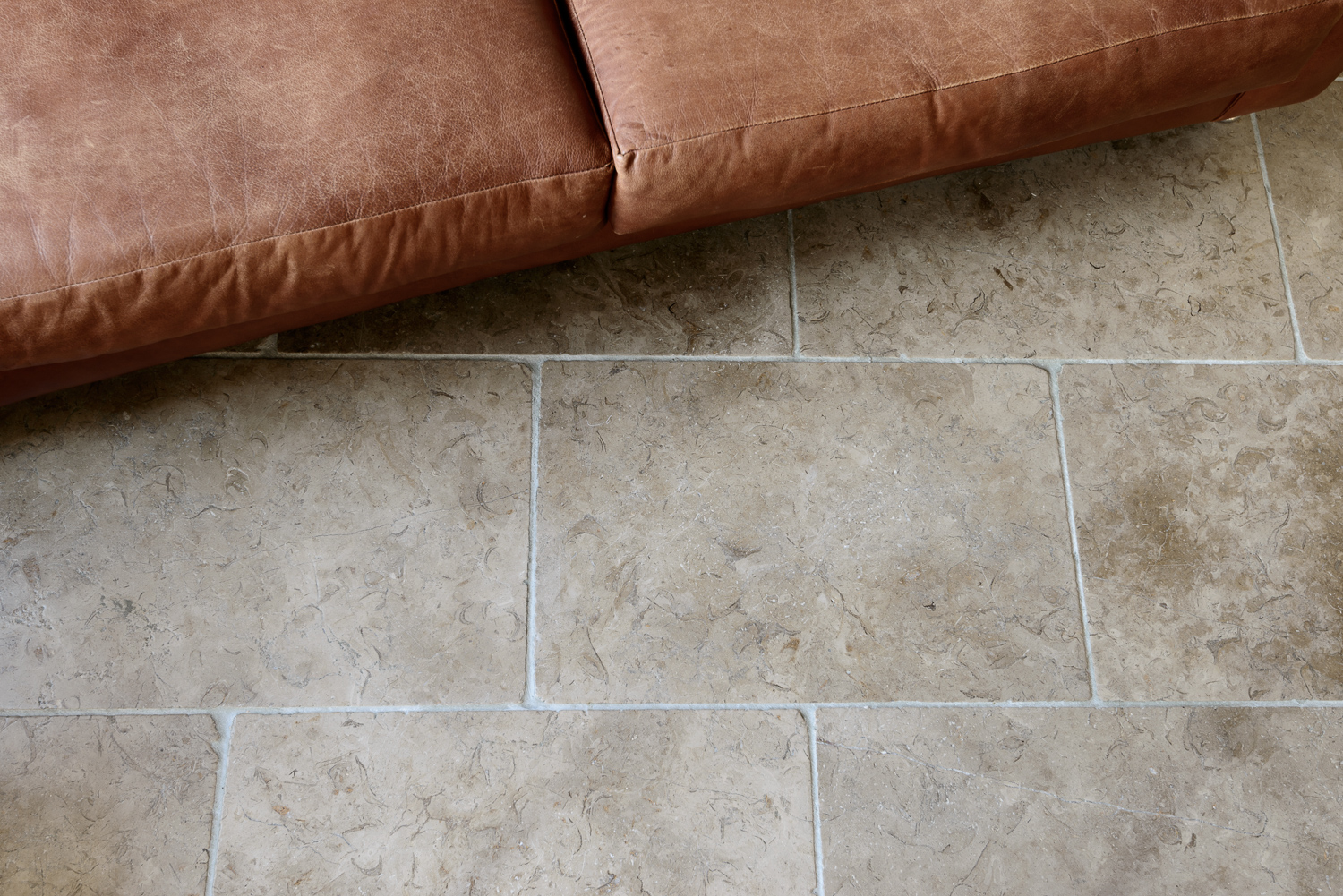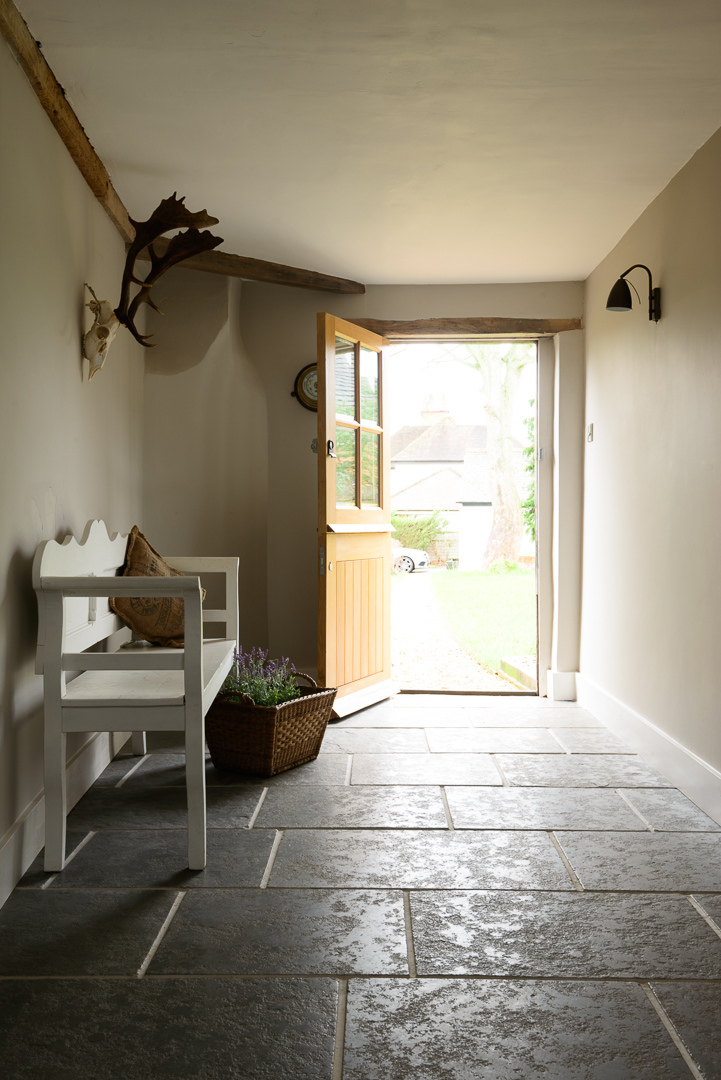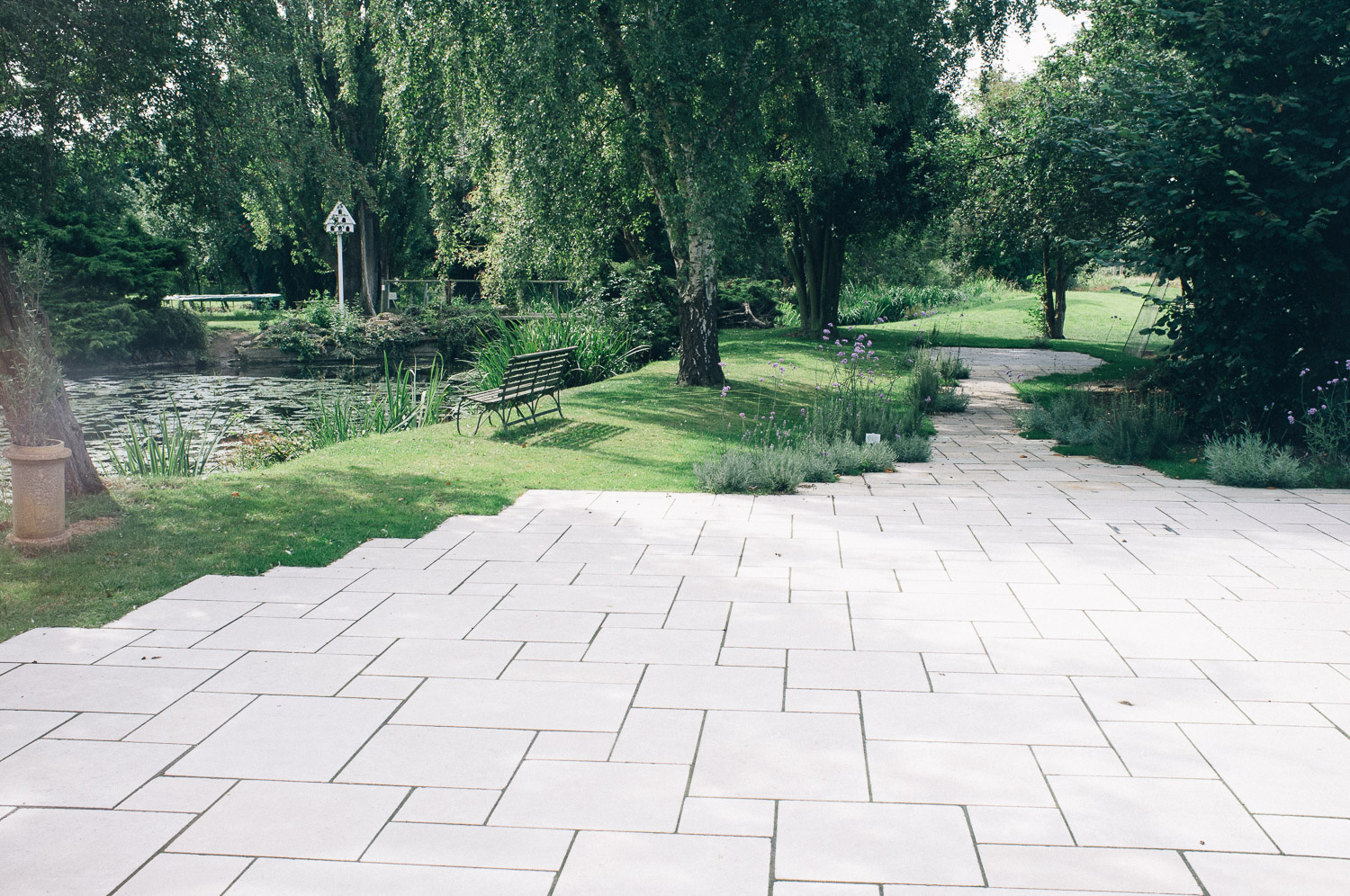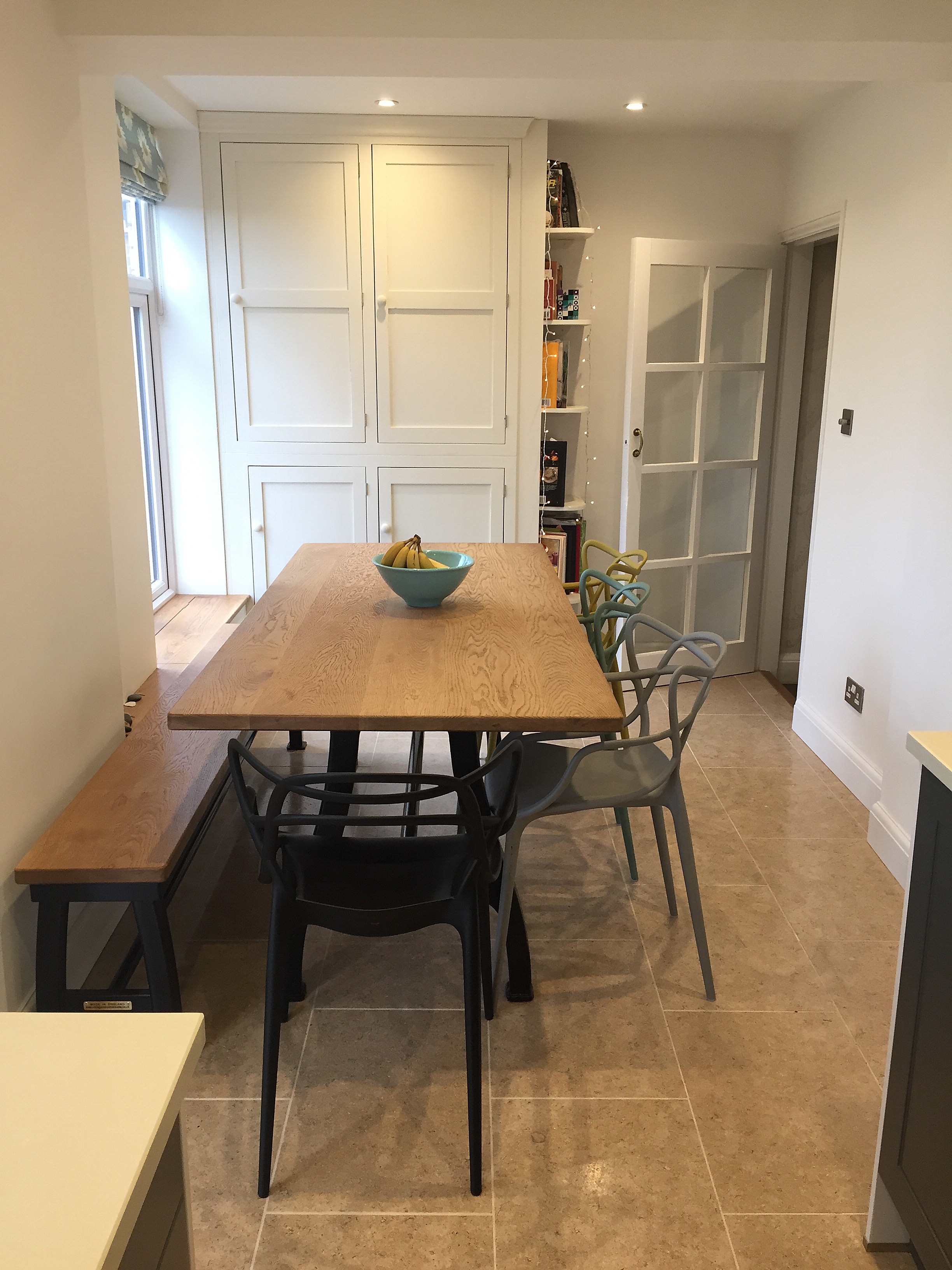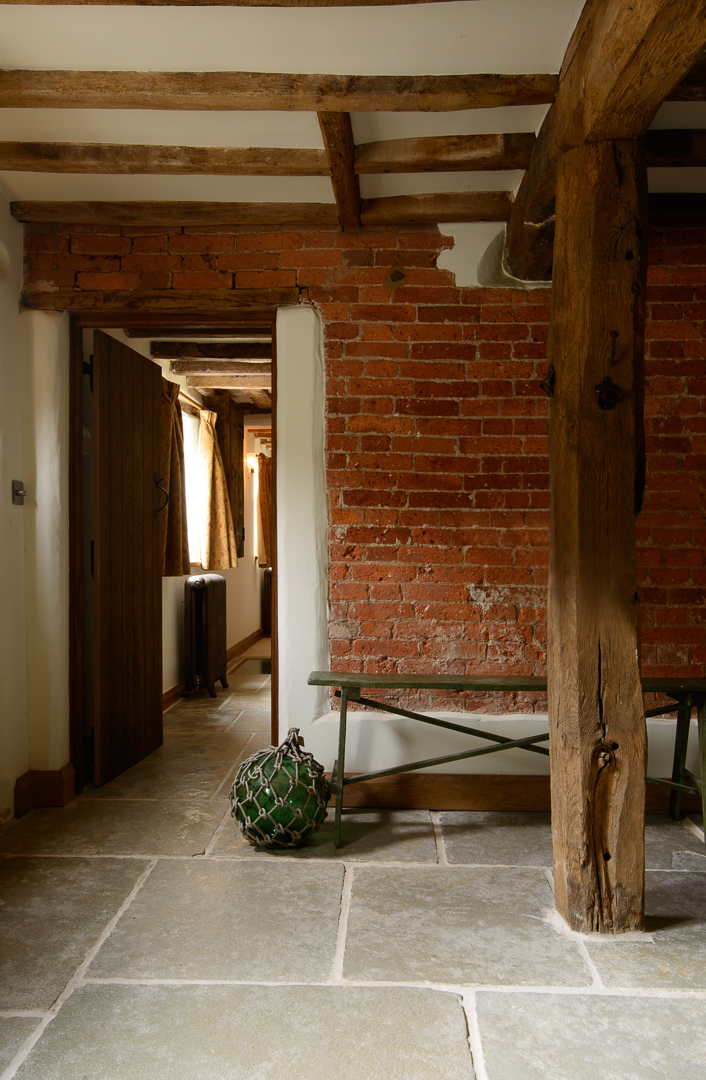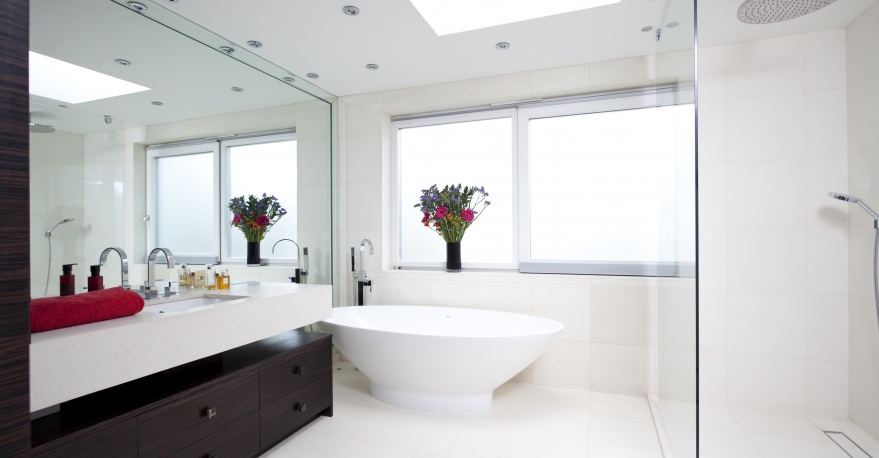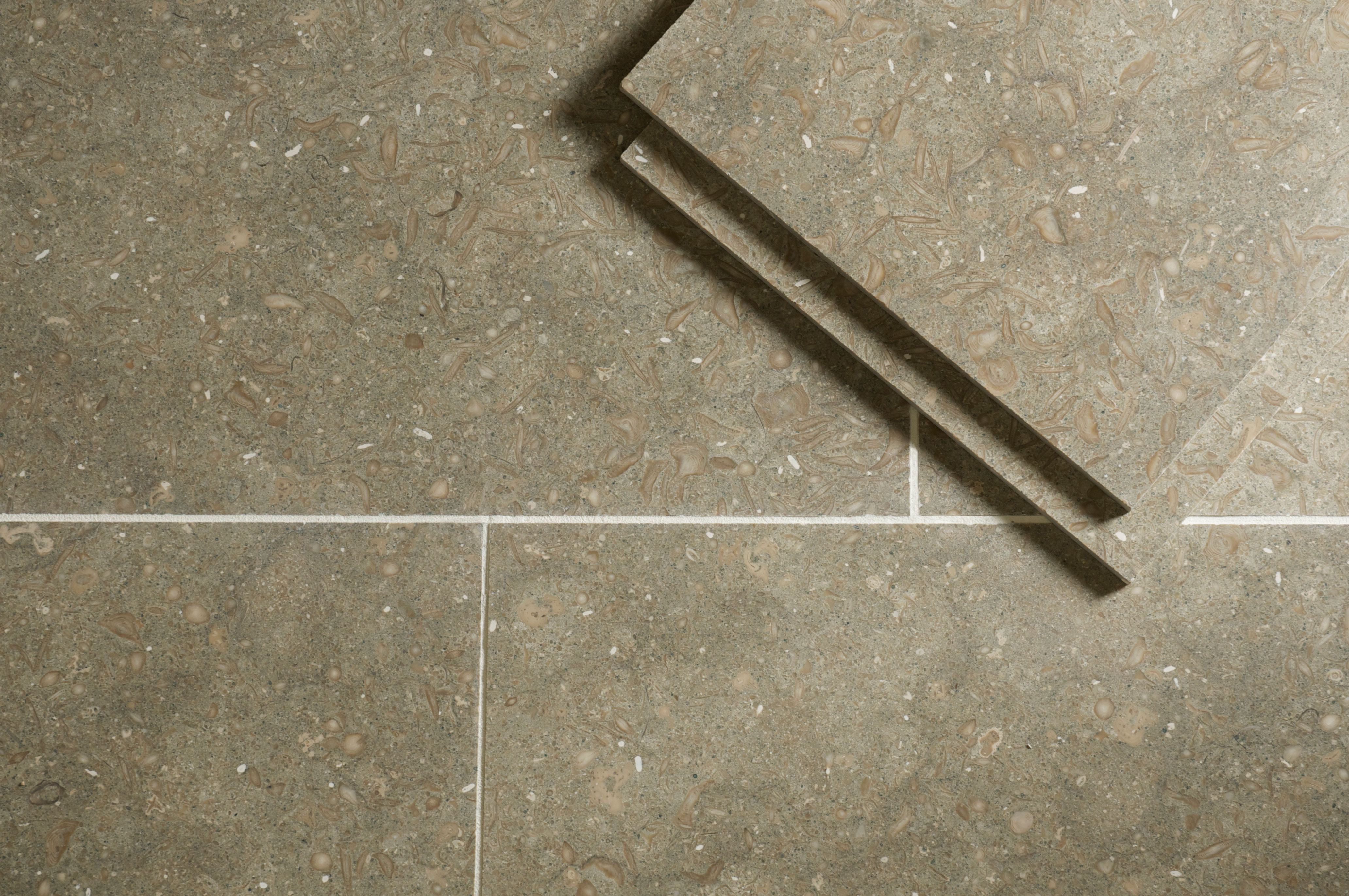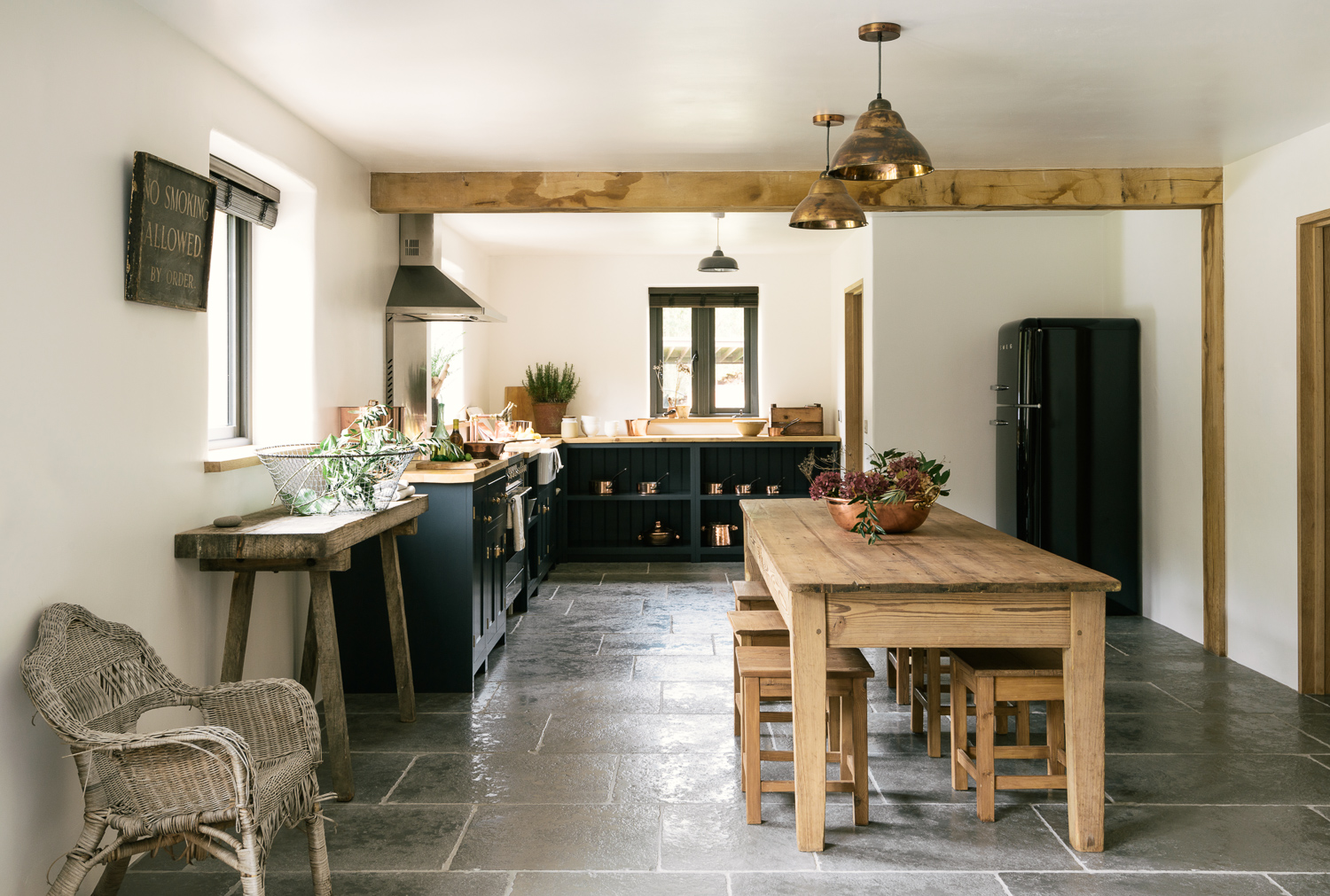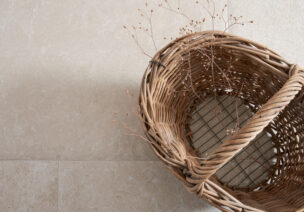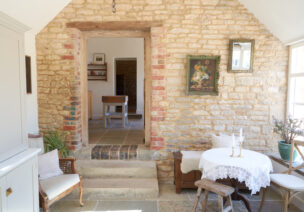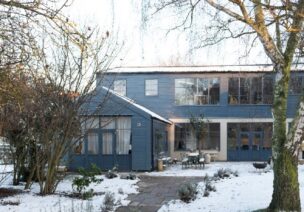What is Limestone?
26th July 2017
We must all have been asked this question at least a hundred times! To us it seems so obvious, we deal with it all day every day, how can you not know what limestone is? But then we remember to put ourselves in our customers’ shoes. Customers who may have just started to consider the flooring for their project and are currently knee deep in samples of natural stone, porcelain, wood, ceramic, luxury vinyl….it seems like the list is endless! Where do you start? What even is porcelain? Why should I choose a natural stone? Arghhh!
We know how confusing it can be when you’re in the midst of a project, so I’ve decided to do a mini series of blogs explaining a bit more about the different types of flooring we sell. I hope it will be helpful and give you more information to base your decision on.
So back to our original question…what is limestone?
For those of you who can remember back to your school science lessons, you may recall that limestone is a sedimentary rock formed from different crystal forms of calcium carbonate. It is most commonly formed in clear, warm, shallow marine waters and is formed from the remains of shells and micro-skeletons, which means you can get the most beautiful fossil detail in the stone.
Limestone has been used for centuries as a building material (the Palace of Westminster is made of limestone), and most of our limestone tiles are extremely hard-wearing, making them great for use in busy family homes. We get a lot of question about the upkeep of the stone, but all that is needed is an application of good quality sealer to protect them from staining and then cleaning with natural stone cleaners, sweeping or even vacuuming (as long as the beaters are turned off). If you want more advice on cleaning and sealing then give our advisers a call and they’ll be happy to chat through this with you.
Many people think that limestone just comes in a sandy/cream colour, but there is in fact a great variety of colours, textures and finishes.
One of our most popular limestones is the Dijon Tumbled Limestone (which we also sell in a brushed and honed finish). This is what most people traditionally think of when they imagine a limestone floor – a soft, neutral colour. It is a beautiful tile, full of quartz and fossil detail, and has gorgeous shades of mushroom, taupe and light grey throughout, so it sits well in most properties. It’s one of our favourites, so much so that we’ve laid a large area of it outside our office here at Cotes Mill. This love has even filtered through to our homes and both my parents and Emily’s parents have it in their kitchens!
Some of our customers are lucky enough to own period properties, which are full of character. A lot of people come to us wanting something that will tie in with the age and character of their home, but still be practical for day-to-day family life. Our range of limestone flagstone tiles are perfect for this. One of our best-sellers is the Umbrian Limestone. Rich tones of umber and russet warm this grey stone, giving it so much personality. It has hand dressed edges and a partly riven partly honed surface, which give the look of an original flagstone floor that has been aged over time. We have a great range of flagstone tiles, from the dramatic, dark Brushed Charcoal Limestone to the warm, sandy tones of the Vintage Bronze Tumbled Limestone, so make sure you take a look if you’re after something to complement the age of your home, or even to inject a bit of character into a more modern property.
Whilst we love the rugged nature of a tumbled tile, this isn’t suitable for everyone. Some people are looking for something a little more delicate, a bit more understated, maybe for an en suite or bathroom. Our Limra Limestone or Myra Limestone are perfect for this. Simple and light, they are ideal for reflecting light around a small space and keeping it looking contemporary and unassuming. Personally I wouldn’t use these tiles in a busy area (but then I am averse to cleaning!) but I think the off-white tones, with a little detailing from speckles throughout, would make the most stunning, sleek bathroom.
Finally I couldn’t write a blog about limestone without featuring my colleague Martha’s favourite stone. The Seagrass Limestone. This olive coloured stone leaves you in absolutely no doubt that it is a natural stone, it is packed full of shell and fossil detail. So if you’re wanting something that will be a real feature in the room and will forever keep you amused (every time you look at the tiles you will discover a new fossil) then the Seagrass is a great choice!
I hope this blog has been helpful, and given you more of an idea about what limestone is and where it can be used. If you want more information, then do give our friendly staff a call on 01509 234000 or email us at enquiries@floorsofstone.com and we will be happy to help with any questions you may have. We can also send out free samples, to give you a feel for the stone.
